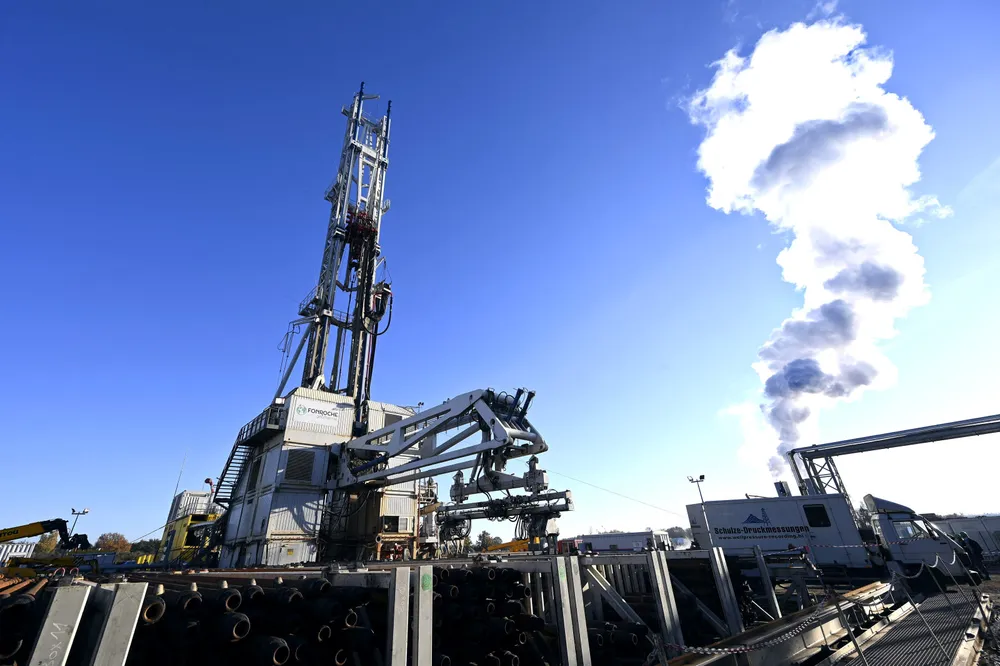‘It’s time to change’: Powering up geothermal will require more collaboration, data sharing
Geothermal groups seek to unlock potential in the oil and gas workforce and from data silos to kick-start more projects

Geothermal groups seek to unlock potential in the oil and gas workforce and from data silos to kick-start more projects
